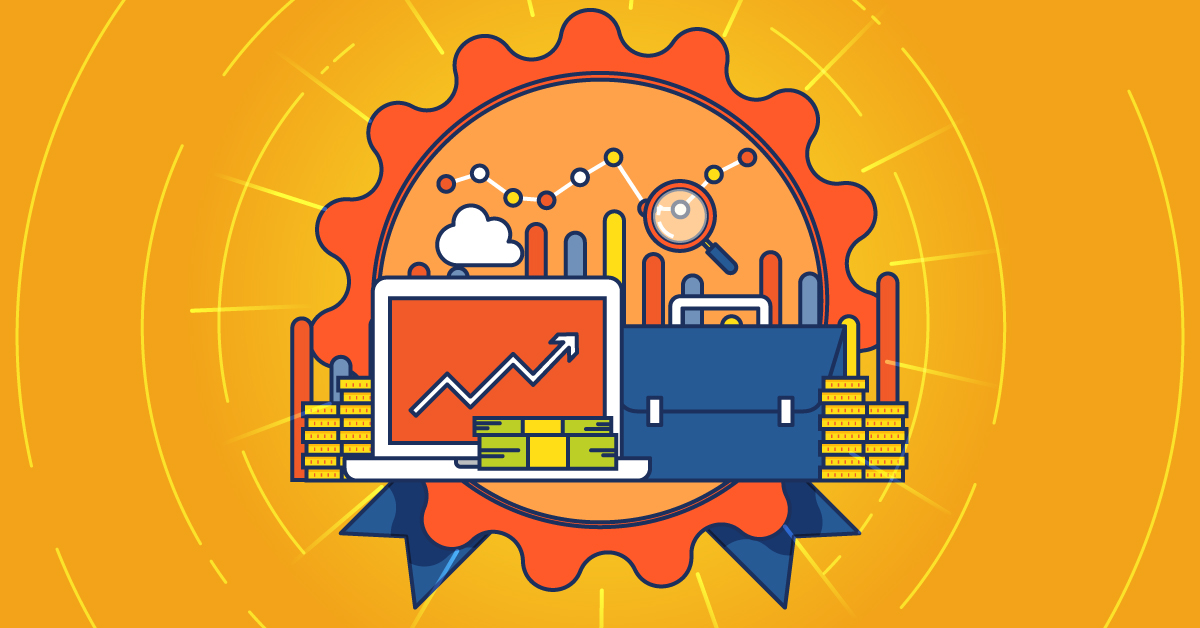
Getting a job in **data analysis** requires a combination of technical skills, practical experience, and an understanding of the business domain you're working in. Here’s a step-by-step guide to help you land a job in data analysis:
### 1. **Understand the Role of a Data Analyst**
- **Data Analysts** collect, process, and perform statistical analyses on large datasets. They interpret the data to provide insights that help businesses make informed decisions.
- Key responsibilities include:
- Cleaning and preprocessing data
- Visualizing and reporting findings
- Creating dashboards and reports
- Identifying trends, patterns, and outliers in the data
### 2. **Build the Essential Skills**
To be successful in data analysis, you need a combination of hard and soft skills:
#### **a. Technical Skills**
- **Statistical Knowledge**: Understanding basic statistics (mean, median, variance, hypothesis testing, etc.).
- **Data Manipulation and Analysis**: Be proficient in Excel, SQL, and programming languages like Python or R.
- **SQL**: Essential for querying databases and retrieving data.
- **Python** or **R**: Widely used for data analysis, with libraries like pandas (Python) and dplyr (R) for data manipulation.
- **Excel**: Especially for entry-level positions, Excel is still a crucial tool for data analysis.
- **Data Visualization Tools**: Learn how to visualize data with tools like:
- **Tableau** or **Power BI**: Used for creating interactive dashboards and reports.
- **Matplotlib, Seaborn (Python)**: For more technical visualizations.
- **Basic Machine Learning (optional)**: Knowing basic machine learning algorithms (like regression, classification, clustering) is beneficial if you're aiming for more advanced roles.
#### **b. Analytical and Problem-Solving Skills**
- **Critical Thinking**: Ability to approach problems logically and systematically.
- **Attention to Detail**: Ensuring that your data is accurate and free of errors.
- **Domain Knowledge**: Understanding the industry or business you're working in helps contextualize your findings and make them actionable.
### 3. **Gain Practical Experience**
- **Work on Personal Projects**: Create projects that showcase your data analysis skills. You could analyze public datasets (e.g., from Kaggle, UCI Machine Learning Repository, government data portals) and share your findings through GitHub or a personal blog.
- **Internships**: Look for internships or volunteer opportunities where you can get hands-on experience with data analysis tasks.
- **Freelance/Contract Work**: Platforms like Upwork or Fiverr allow you to work on smaller data analysis projects to build your portfolio.
- **Competitions**: Participate in data science competitions (e.g., Kaggle) to improve your skills and demonstrate your ability to solve real-world problems.
### 4. **Create a Strong Portfolio**
A **portfolio** is crucial for showcasing your skills to potential employers. Here’s what to include:
- **GitHub Repositories**: Share your code and projects on GitHub to demonstrate your technical abilities.
- **Blog or Website**: Create a blog or personal website to explain the projects you’ve worked on. Make sure to describe the business problem, the data you used, the tools and methods you applied, and the insights you derived.
- **Jupyter Notebooks**: If you use Python, consider creating and sharing Jupyter Notebooks that showcase how you solve data analysis problems.
### 5. **Network and Connect with Industry Professionals**
- **LinkedIn**: Optimize your LinkedIn profile, highlighting your skills, certifications, and projects. Connect with other data analysts, recruiters, and professionals in the field.
- **Networking Events**: Attend industry conferences, meetups, and webinars related to data analysis or data science.
- **Informational Interviews**: Reach out to data analysts or data science professionals and request informational interviews to learn more about the field and specific job requirements.
- **Mentorship**: Find a mentor who can guide you and provide feedback on your projects or resume.
### 6. **Tailor Your Resume and Cover Letter**
Your resume should be tailored to the job description and highlight your most relevant skills and experiences.
- **Skills Section**: Include technical skills like SQL, Python, Excel, Tableau, etc.
- **Experience**: Emphasize any relevant work experience, internships, or freelance projects.
- **Achievements**: Highlight how your analysis directly impacted business decisions (e.g., "Improved sales forecasting accuracy by 10% using regression analysis").
- **Certifications**: Include any relevant certifications, such as those from Coursera, edX, or Udacity (e.g., Google Data Analytics Professional Certificate, Microsoft Certified: Data Analyst Associate, or IBM Data Science Professional Certificate).
### 7. **Prepare for Data Analyst Interviews**
Interview preparation is key. Here's how to prepare:
- **Technical Questions**: Be ready to answer questions on data analysis techniques, statistics, SQL, and data visualization tools. Practice solving problems and explaining your reasoning.
- **Case Studies/Scenario Questions**: Prepare for scenario-based questions where you may be asked to analyze a hypothetical business problem with limited data.
- **Portfolio Review**: Be ready to walk the interviewer through your portfolio and explain your thought process, tools used, and insights derived from each project.
- **Soft Skills**: Employers value communication skills, so be prepared to explain complex analytical findings in simple terms. Practice talking about your experience collaborating with cross-functional teams or presenting data insights.
### 8. **Consider Additional Education or Certifications**
While not strictly necessary, certifications or additional courses can make you stand out. For example:
- **Google Data Analytics Professional Certificate**: A beginner-friendly certification that covers all the basics.
- **Coursera or edX Courses**: There are many specialized courses in Python, R, SQL, Tableau, etc., offered by top universities like Stanford, MIT, and Harvard.
- **Data Science Bootcamps**: These are intensive programs designed to quickly train people for a career in data analysis or data science.
### 9. **Apply for Jobs**
Start applying to entry-level data analyst positions or internships. Common job titles to look for include:
- **Data Analyst**
- **Business Intelligence Analyst**
- **Junior Data Analyst**
- **Data Coordinator**
- **Research Analyst**
- **Reporting Analyst**
Look for job openings on sites like LinkedIn, Glassdoor, Indeed, and specialized job boards like AngelList (for startups).
### 10. **Stay Updated and Keep Learning**
The field of data analysis is constantly evolving. Stay up to date with the latest tools, trends, and techniques by reading blogs, attending webinars, or joining relevant online communities (e.g., Stack Overflow, Reddit’s r/datascience, Data Science Central).
---
### Summary:
To land a job in data analysis:
1. Learn the necessary technical skills (SQL, Python, R, Excel).
2. Build a portfolio of projects that showcase your abilities.
3. Network with professionals and attend industry events.
4. Tailor your resume and apply to relevant roles.
5. Prepare for interviews by practicing technical and behavioral questions.
6. Keep learning and staying updated on industry trends.
By consistently building your skills, gaining practical experience, and networking, you can position yourself as a competitive candidate in the data analysis job market.









